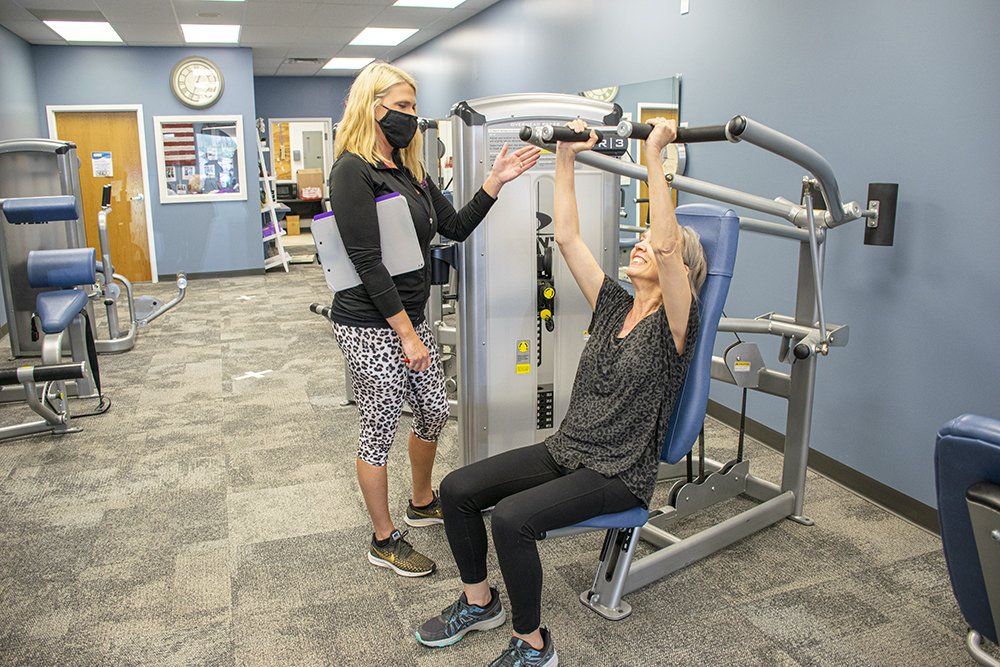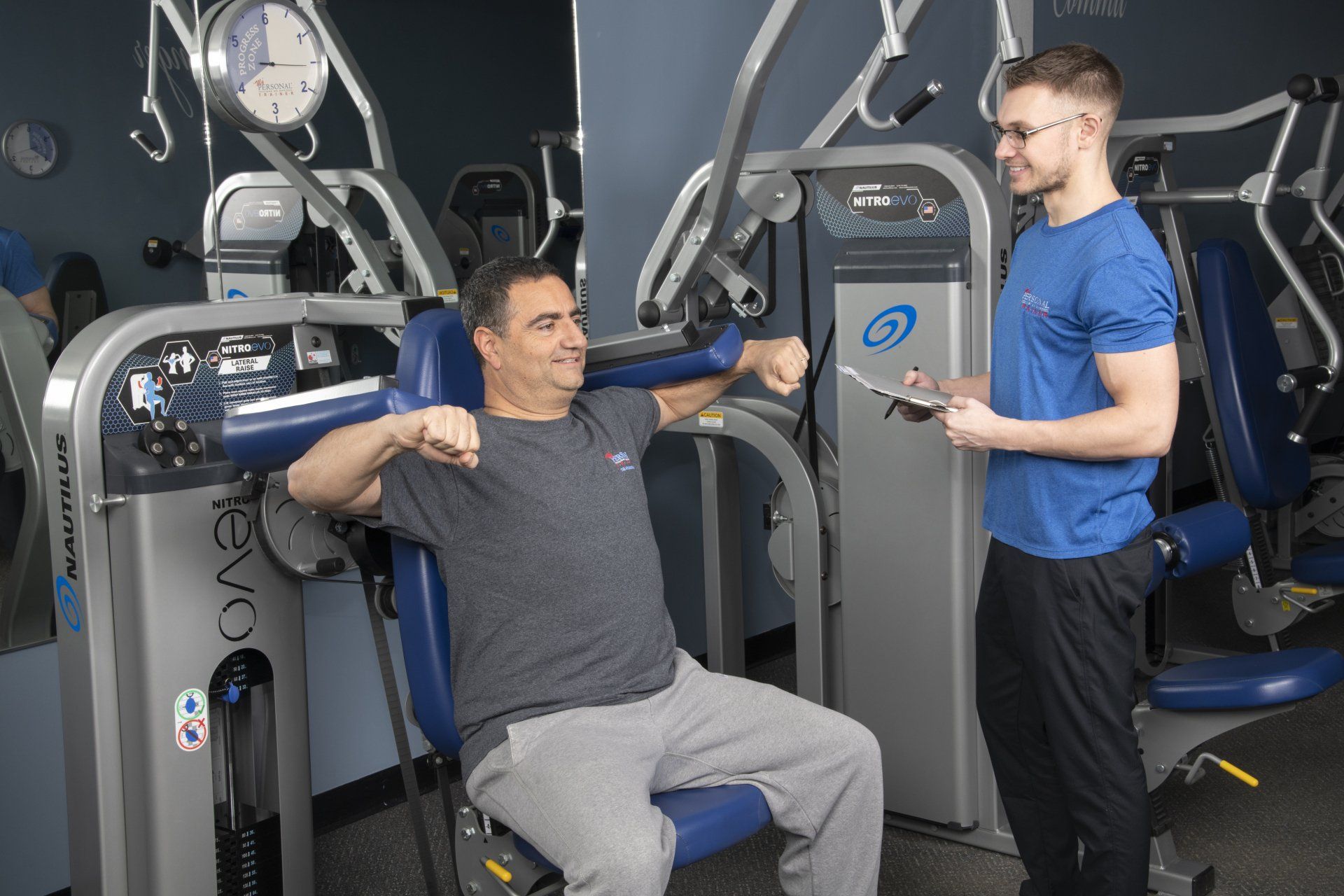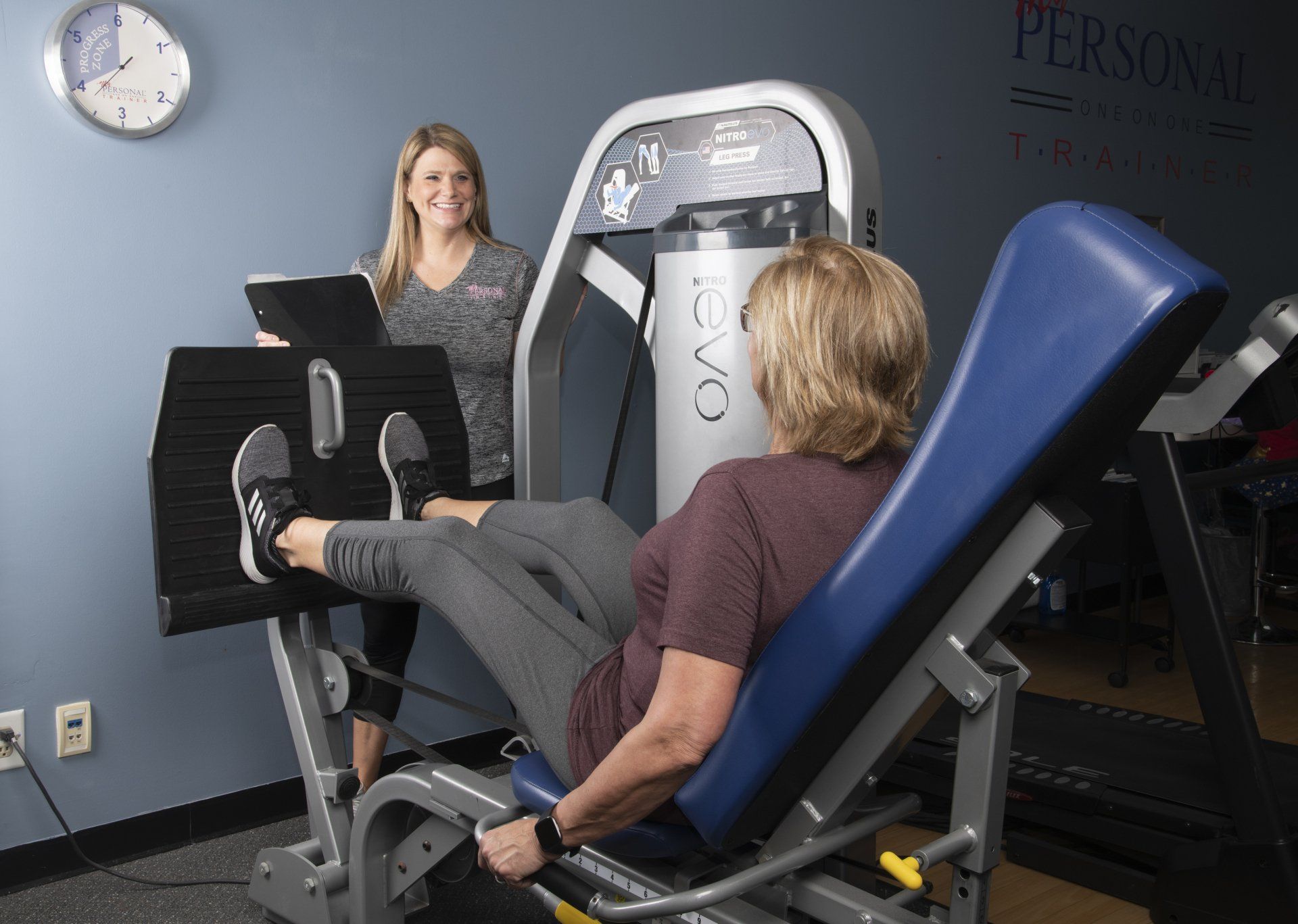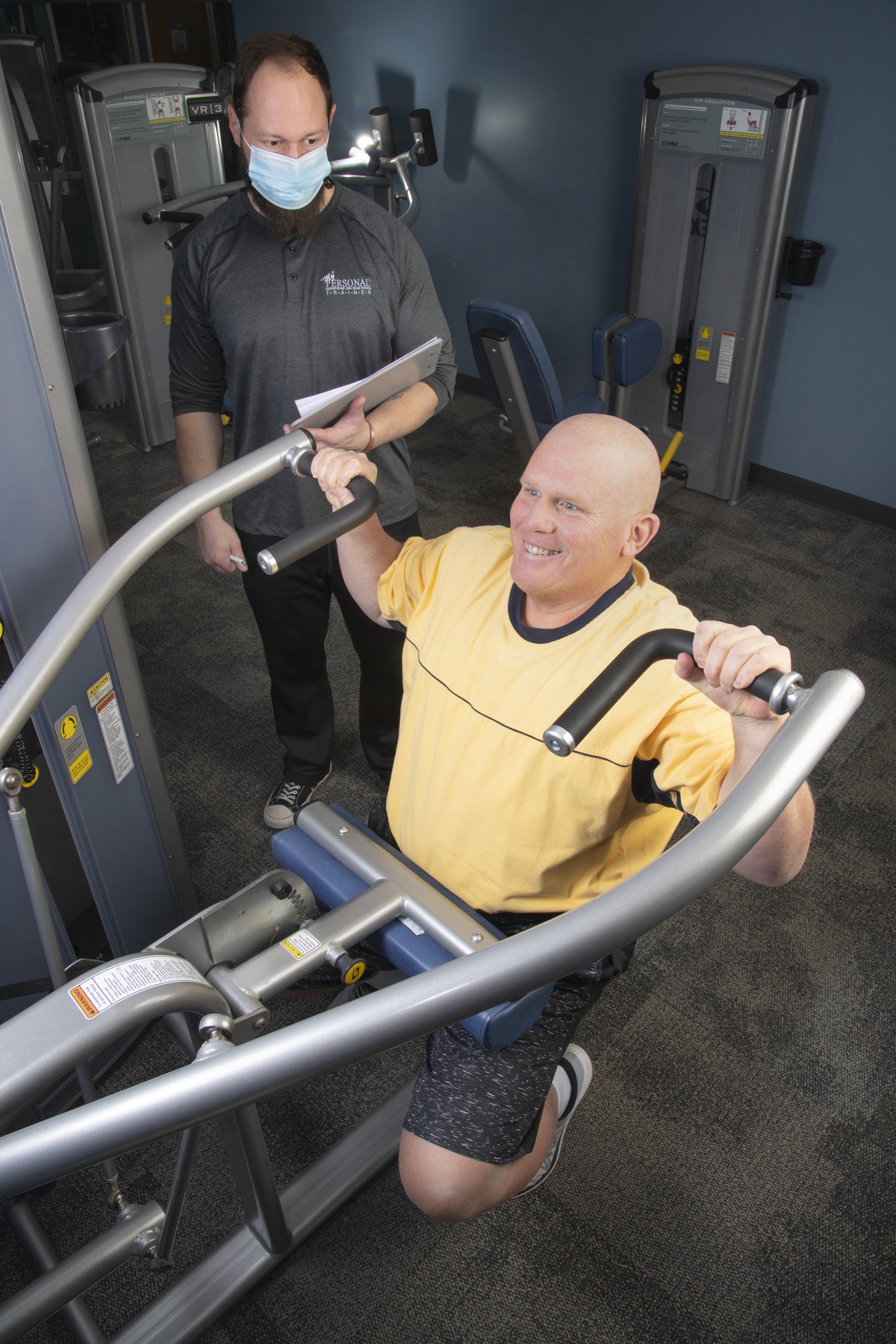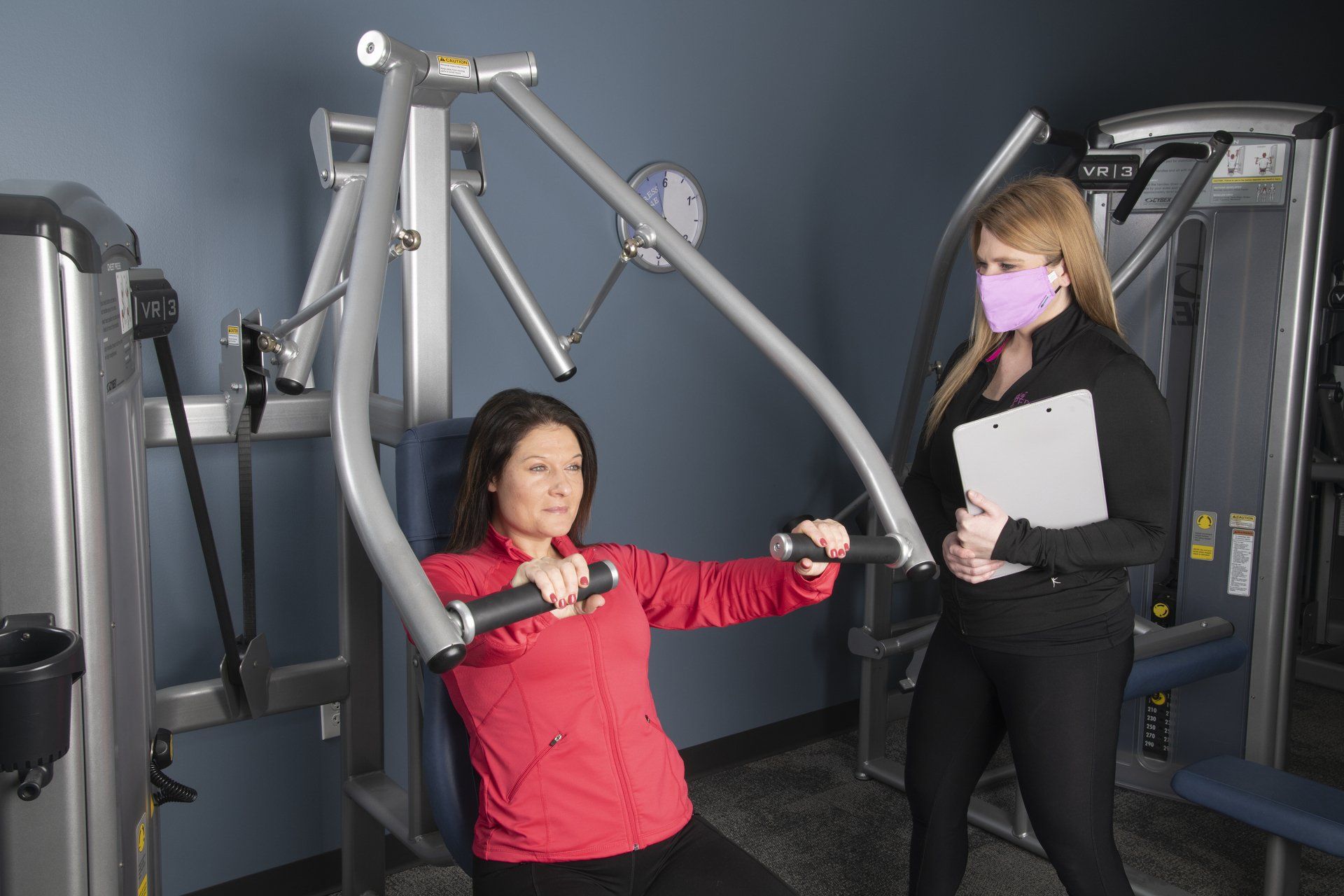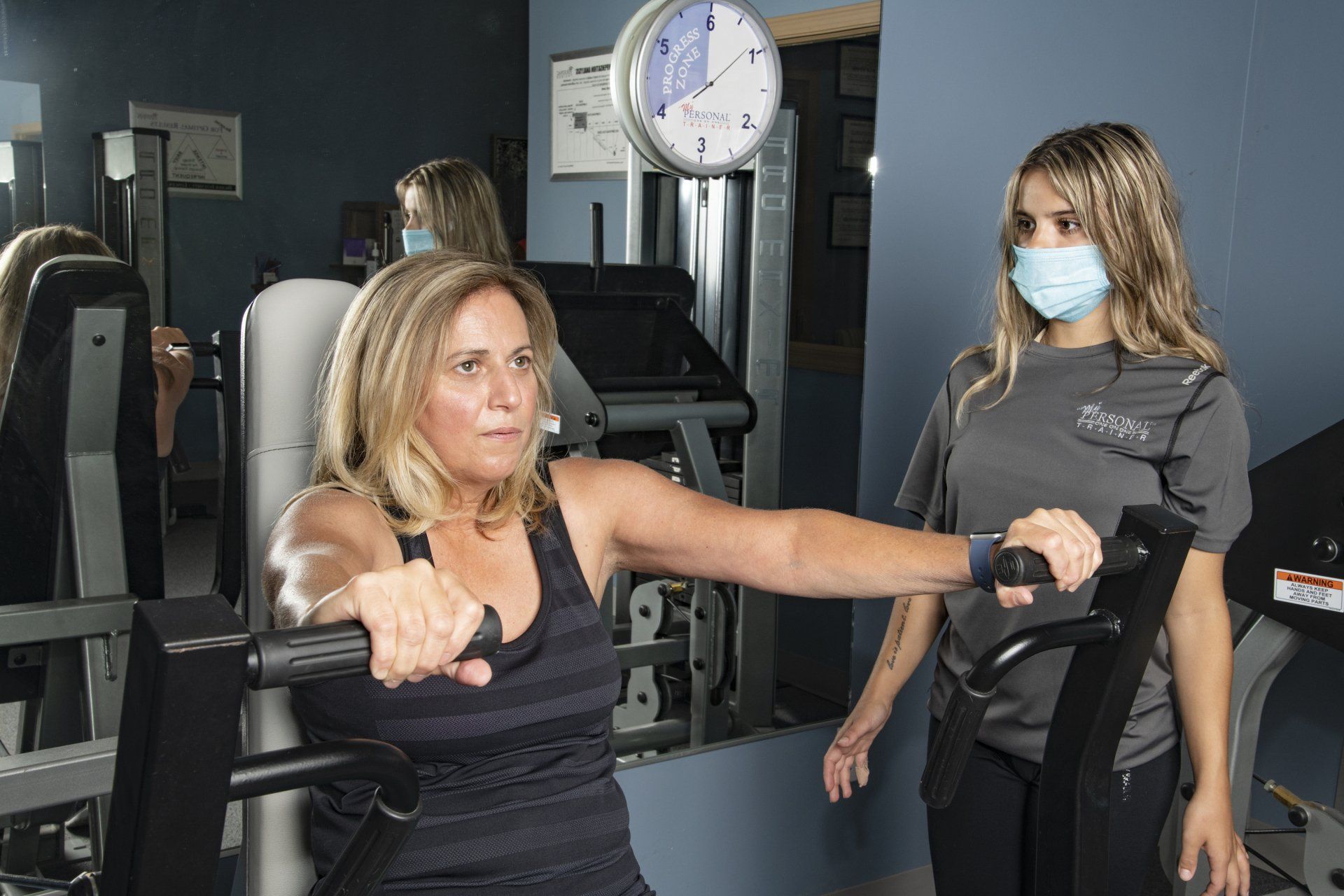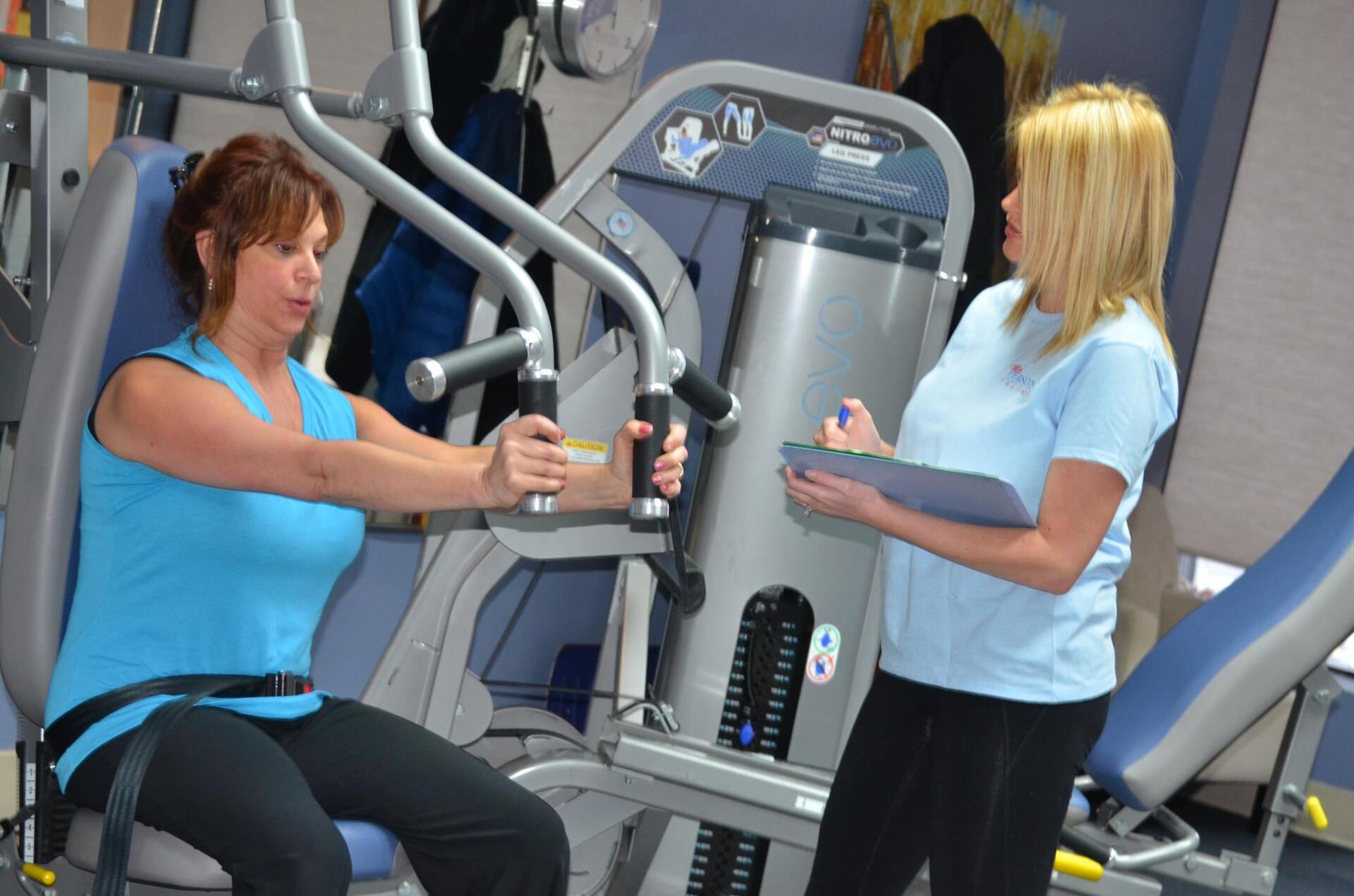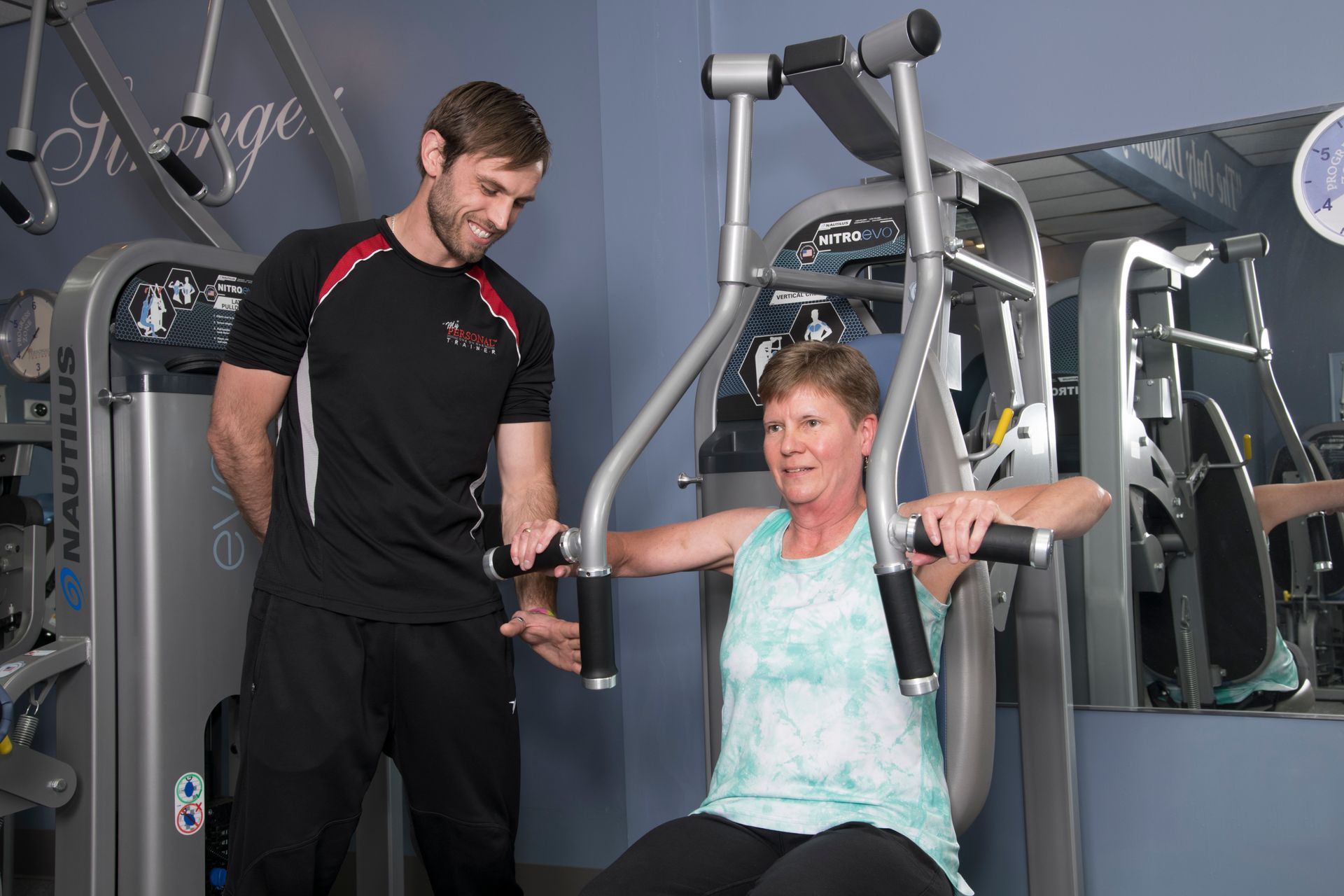Menopause, Weight Gain, and Exercise Tips
Menopause and weight gain. Do they always have to go hand in hand? It may seem that way, especially because gaining weight is so common after menopause. In fact, about 30% of women aged 50 to 59 are not just overweight but obese. Here’s what you need to know about the risks of weight gain and how exercise can help you lose weight and keep it off after menopause.
The Risks of Weight Gain After Menopause
Many of the risks of weight gain are well known: high blood pressure, heart disease, and diabetes, to name a few. Extra fat at your waistline increases these risks still more. Unfortunately, a bigger waistline is more likely after menopause. If you now have a waist measurement of more than 35 inches—it’s time to take steps to reverse this trend.
Why Weight Gian Often Occurs After Menopause
What is it about menopause that makes it so challenging to keep off the weight? It is likely a combination of factors related to menopause and aging.
The impact of estrogen
In animal studies, estrogen appears to help regulate body weight. With lower estrogen levels, lab animals tend to eat more and be less physically active. Reduced estrogen may also lower metabolic rate, the rate at which the body converts stored energy into working energy. It is possible the same thing happens with women when estrogen levels decrease after menopause. In fact, some evidence suggests that estrogen hormone therapy increases a woman’s resting metabolic rate. This might help slow weight gain. Lack of estrogen may also cause the body to use starches and glucose less effectively (insulin resistance), thus increasing fat storage and making it more difficult to lose weight.
Other age-related factors
As women age, many other changes occur that contribute to weight gain. For example:
You are less likely to exercise. In fact, 60% of adults are not active enough and this increases with age. You lose muscle mass, which decreases your resting metabolism, making it easier the gain weight. Your aerobic capacity declines. This is the rate at which you can use up energy during exercise. To use the same energy as in the past and achieve weight loss, you may need to increase the amount of time and intensity you’re exercising, no matter what your past activity levels were.
